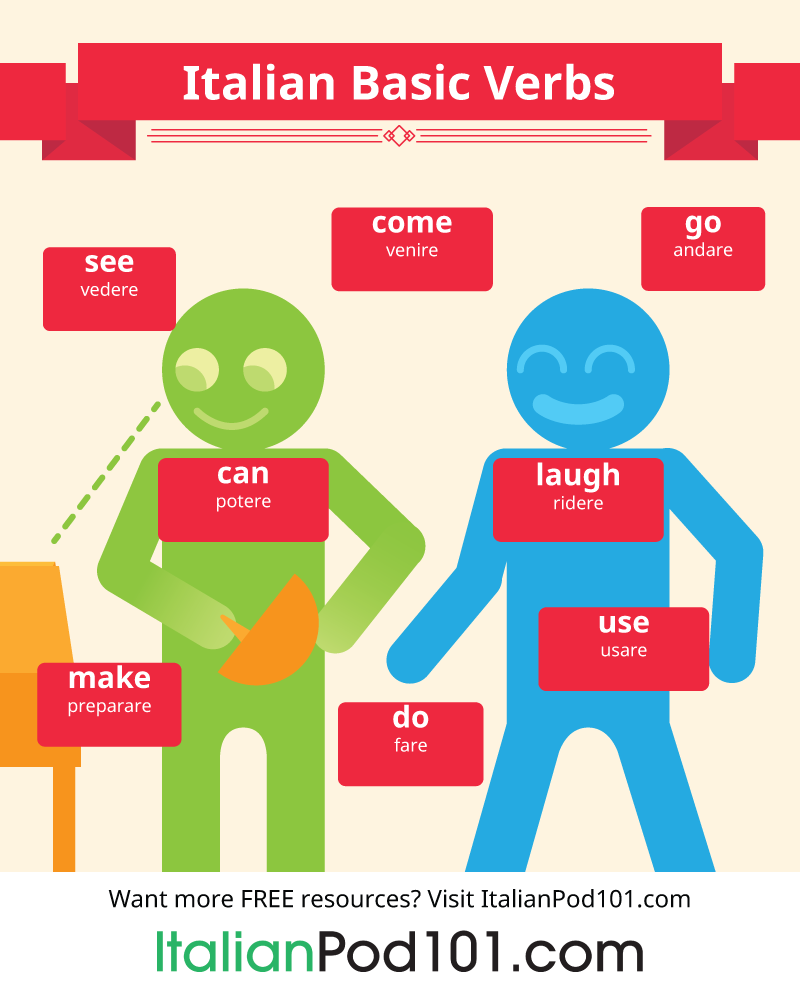Italian, like many languages, distinguishes between transitive and intransitive verbs. Understanding the difference between these two types of verbs is crucial for mastering the Italian language. In this article, we will explore the characteristics of transitive and intransitive verbs in Italian.
Transitive verbs in Italian require a direct object to complete their meaning. This means that they need to be followed by a noun or pronoun that receives the action of the verb. For example, in the sentence “Mangio la pizza” (I eat the pizza), “la pizza” is the direct object that completes the action of the verb “mangio” (eat). Intransitive verbs, on the other hand, do not require a direct object to complete their meaning. They express a complete action without the need for a direct object.
It is important to note that some verbs in Italian can be both transitive and intransitive, depending on the context. For example, the verb “aprire” (to open) can be transitive when followed by a direct object, as in “Apro la finestra” (I open the window), or intransitive when used without a direct object, as in “La porta si apre” (The door opens).
Transitive verbs in Italian are often followed by the preposition “a” when the direct object is a person. For example, in the sentence “Ho parlato alla mia amica” (I spoke to my friend), “alla mia amica” is the direct object introduced by the preposition “a.” Intransitive verbs, on the other hand, do not require a preposition before the direct object.
Knowing the difference between transitive and intransitive verbs in Italian is essential for constructing grammatically correct sentences. By understanding when to use a direct object and when it is not necessary, you can improve your proficiency in Italian and communicate more effectively with native speakers.
In conclusion, mastering transitive and intransitive verbs in Italian is a key aspect of language learning. By recognizing the characteristics of these two types of verbs and practicing their usage in context, you can enhance your language skills and become more fluent in Italian. So, next time you are conjugating verbs in Italian, pay attention to whether they are transitive or intransitive to ensure clear and accurate communication.
